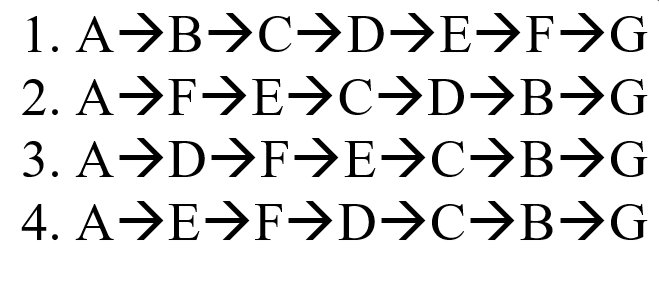#Question id: 11546
#Unit 7. System Physiology – Animal
Steroid and polypeptide hormones typically have in common ________.
#Question id: 11547
#Unit 7. System Physiology – Animal
A cluster of tumor cells that produces and secretes growth factors to induce surrounding cells to grow and divide is showing which type of cell-to-cell signaling?
#Question id: 11548
#Unit 7. System Physiology – Animal
If a portion of the pancreas is surgically removed from a rat and the rat subsequently loses its appetite, one explanation is that the removed portion contains cells that secrete a chemical signal that somehow stimulates appetite. Given this scenario, what type of chemical signaling is occurring?
#Question id: 11554
#Unit 7. System Physiology – Animal
What happens in a cell when adenylyl cyclase is activated?
#Question id: 11555
#Unit 7. System Physiology – Animal
Nitric oxide and epinephrine ________.
#Question id: 11556
#Unit 7. System Physiology – Animal
During mammalian labor and delivery, the contraction of uterine muscles is enhanced by oxytocin. This is an example of ________.

